The question of whether prehistoric raptors could jump higher than modern predators fascinates paleontologists and animal behavior experts alike. Velociraptors and their dromaeosaurid relatives have captured our imagination through scientific discoveries and popular culture representations.
Understanding their jumping capabilities requires examining their unique anatomical features, comparing them with modern animals, and considering the evolutionary advantages that powerful jumps would have provided in their Mesozoic ecosystems. This exploration not only sheds light on dinosaur behavior but also helps us appreciate the diverse locomotion strategies that have evolved across millions of years of predator evolution.
Raptor Anatomy: Built for Powerful Jumps
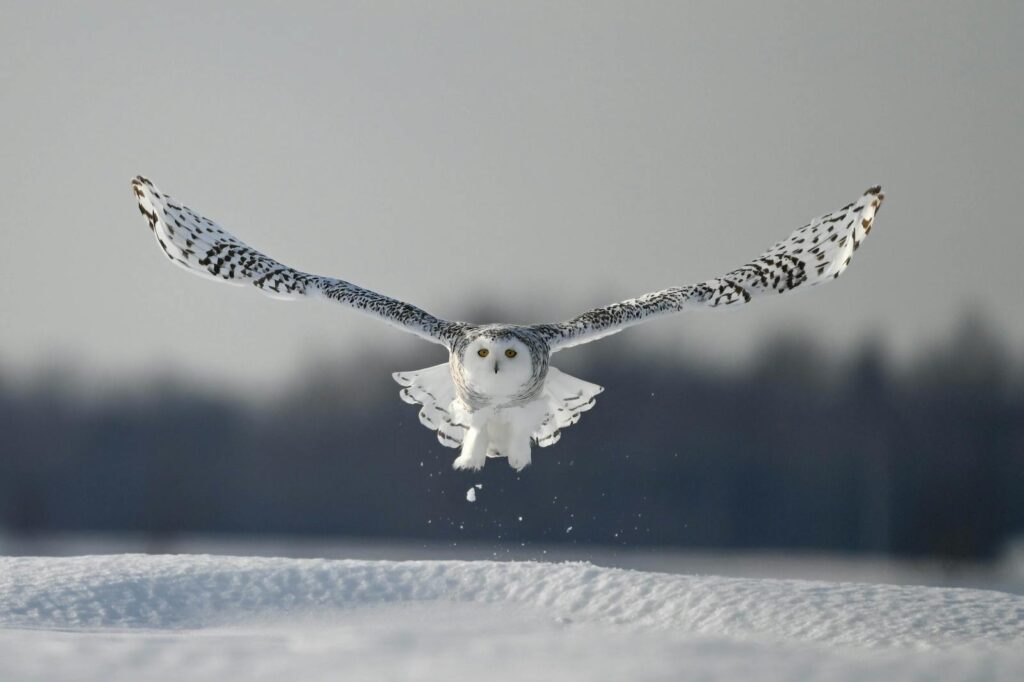
Dromaeosaurids, including Velociraptors and Deinonychus, possessed several anatomical features that suggest exceptional jumping abilities. Their hindlimbs featured proportionally longer and more powerful leg muscles than most modern predators, with specialized attachment points that would have provided significant mechanical advantage. The famous sickle-shaped retractable claws on their second toes weren’t just for slashing prey—they likely aided in leaping by providing powerful leverage during takeoff.
Additionally, their relatively lightweight skeletal structure, with hollow bones similar to modern birds, reduced body mass while maintaining strength. This combination of power and reduced weight would have created an ideal biological design for generating impressive vertical leaps from a standing position.
The Biomechanics of Raptor Jumping

When analyzing raptor jumping potential, scientists examine the biomechanical principles that would have governed their movements. The length-to-strength ratio of raptor leg bones suggests they could generate tremendous force relative to their body weight. Their lower limb structure featured powerful extensors that would compress like springs when preparing to jump, storing and then releasing energy explosively.
Computer modeling of raptor skeletons indicates their legs functioned somewhat like biological pogo sticks, with tendons and muscles working in concert to maximize jumping height. Importantly, raptors had a center of gravity positioned closer to their hips than many modern quadrupedal predators, which would have enhanced stability during powerful vertical leaps and allowed for more controlled landings.
Modern Big Cats: Today’s Jumping Champions
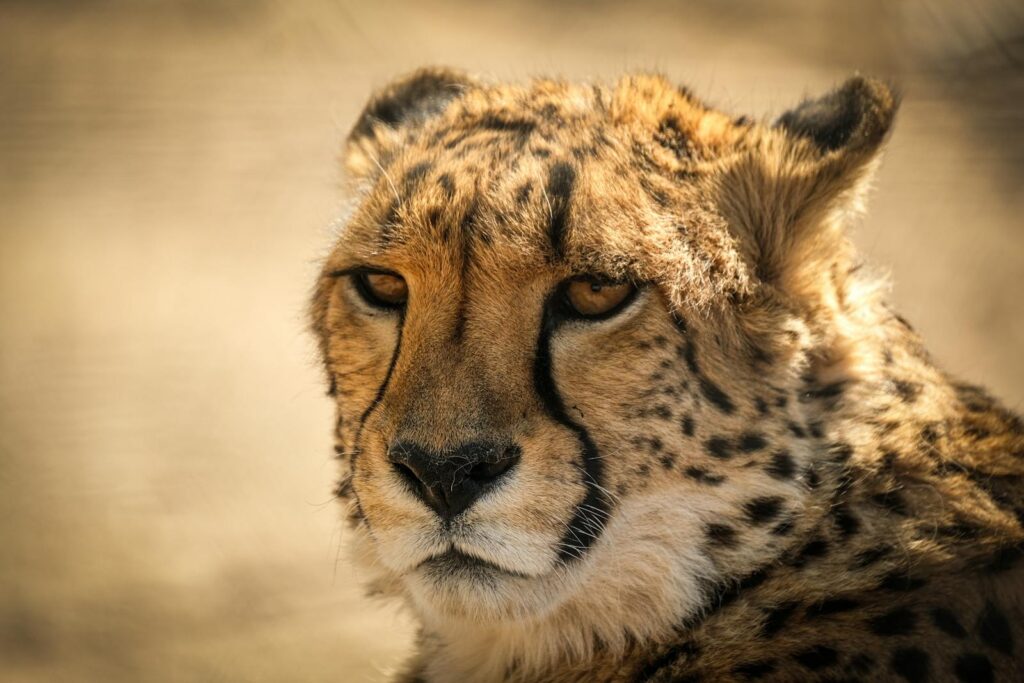
To establish a meaningful comparison, we must consider the remarkable jumping abilities of modern big cats. Tigers can leap vertically up to 12 feet (3.7 meters) from a standing position, while lions routinely clear obstacles 8-10 feet (2.4-3 meters) high when hunting. The mountain lion holds the record among modern cats, able to jump nearly 18 feet (5.5 meters) vertically in certain circumstances.
These feats are possible because felids have evolved specialized muscles and tendons that store and release energy efficiently. Their flexible spines contribute significantly to jumping height by extending the body during leaps. Big cats also possess remarkable joint mobility that allows them to compress their bodies dramatically before explosively extending during jumps, maximizing the distance between their center of gravity at the lowest and highest points.
The Unique Advantage of the Raptor Tail

Perhaps the most significant advantage raptors held for jumping came from their distinctive tails. Unlike any modern land predator, dromaeosaurids possessed long, stiffened tails with bony projections and tendons that effectively functioned as balancing rods and possibly as dynamic jumping aids. These tails could have stored and released energy during jumps while also providing critical balance in mid-air.
Modern research indicates these tails were not rigid but rather semi-flexible, potentially acting as counterbalances that would allow raptors to adjust their center of gravity during leaps. This adaptation offered a major advantage over even the most agile modern predators, whose tails provide some balance but lack the biomechanical advantages of the specialized raptor tail structure.
The Bird Connection: Clues from Modern Relatives

Birds, the closest living relatives to dromaeosaurid dinosaurs, provide valuable insights into raptor jumping capabilities. Many ground-dwelling birds demonstrate extraordinary jumping abilities relative to their size. The wild turkey, for instance, can leap vertically more than 8 feet despite its heavy body. Pheasants and jungle fowl can explosively launch themselves nearly vertically when threatened.
These modern avian species share many anatomical features with their raptor ancestors, including specific muscle attachment points and leg proportions. The similarities suggest that the basic biological “blueprint” for powerful jumps was present in the common ancestor of birds and dromaeosaurids. This evolutionary connection supports the hypothesis that raptors could generate impressive vertical leaps, potentially exceeding the height-to-body-size ratio of many modern mammalian predators.
Hunting Strategies and Jumping Necessity
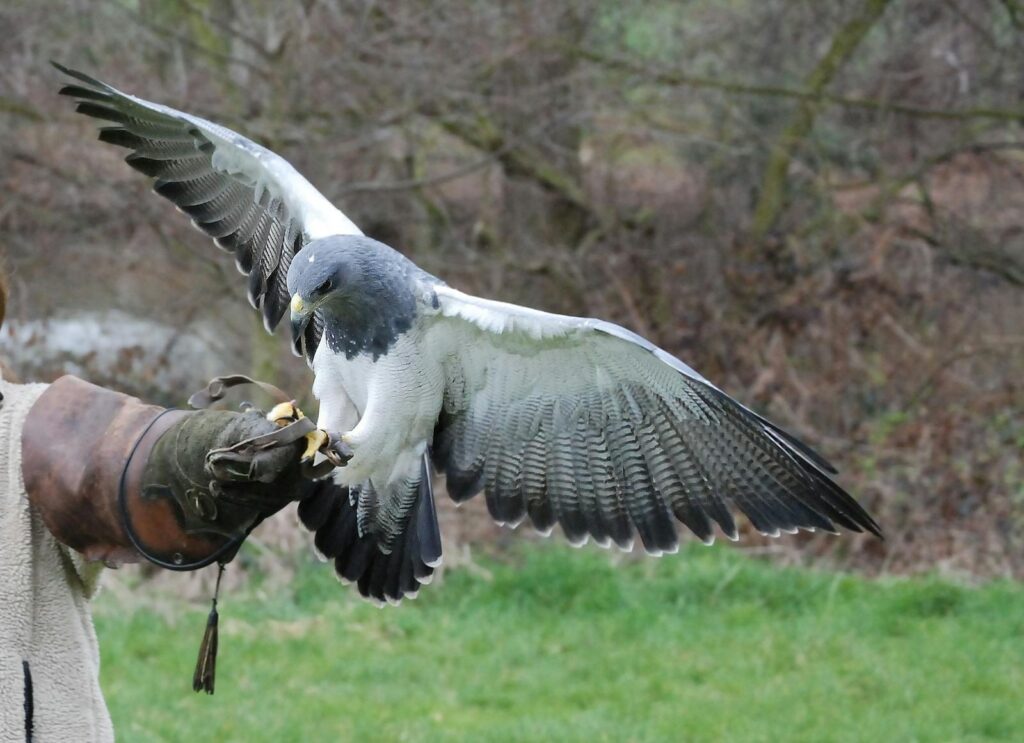
Examining the ecological niches and hunting strategies of dromaeosaurids provides context for their jumping abilities. Evidence suggests many raptor species hunted prey larger than themselves, which would have required powerful launching abilities to grapple and subdue victims. The famous “raptor prey restraint” (RPR) hunting method hypothesized by paleontologists would have involved leaping onto prey, using body weight and the killing claw to secure position.
This hunting strategy would create strong evolutionary pressure to develop exceptional jumping capabilities, unlike many modern predators that rely more on sustained pursuit or ambush tactics. The varied terrains of Cretaceous environments, from densely vegetated areas to more open spaces, would have favored predators that could navigate vertical obstacles efficiently while hunting.
Fossil Evidence: What the Bones Tell Us

Direct fossil evidence provides compelling support for raptor jumping prowess. Muscle attachment scars on fossil leg bones indicate exceptionally strong leg muscles, particularly in the key muscle groups used for powerful extension. The proportions of the tibia and femur in species like Deinonychus and Velociraptor reflect adaptations optimized for explosive power rather than sustained running speed.
Foot structure demonstrates adaptations for absorbing landing impact, similar to specialized adaptations seen in modern animals that frequently jump from heights. Perhaps most telling are the reinforced hip joints found in many dromaeosaurid specimens, which would have been necessary to withstand the tremendous forces generated during powerful jumps and subsequent landings, suggesting these were common movements in their behavioral repertoire.
Kangaroos vs. Raptors: Surprising Similarities
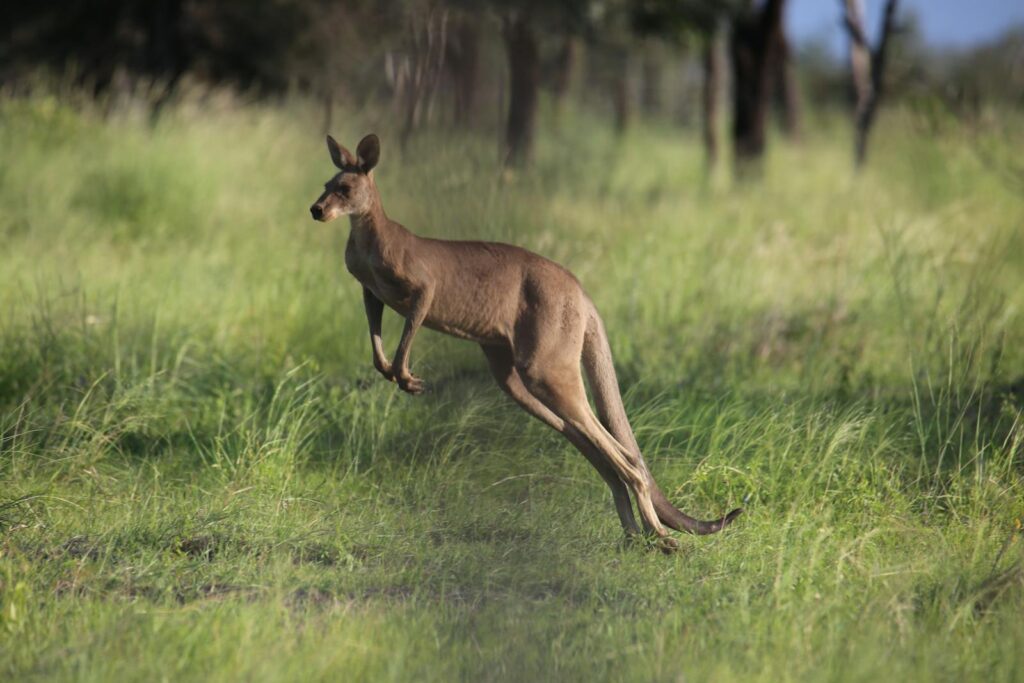
An unexpected modern analog for understanding raptor jumping capabilities comes from kangaroos. Though not predators, kangaroos represent the pinnacle of jumping adaptation among modern vertebrates, capable of leaps up to 10 feet high. The biomechanics of kangaroo jumping involves specialized tendons that store elastic energy like biological springs, a feature likely shared with dromaeosaurids.
Both kangaroos and raptors evolved digitigrade stances (walking on toes rather than flat feet), which increases the effective length of the leg and improves jumping performance. Computer models comparing raptor and kangaroo leg structure reveal surprising similarities in the mechanical advantage of their respective limb designs. These parallels suggest convergent evolution toward optimal jumping biomechanics despite the vast evolutionary distance between marsupials and dinosaurs.
Weight Considerations: Size Impact on Jumping
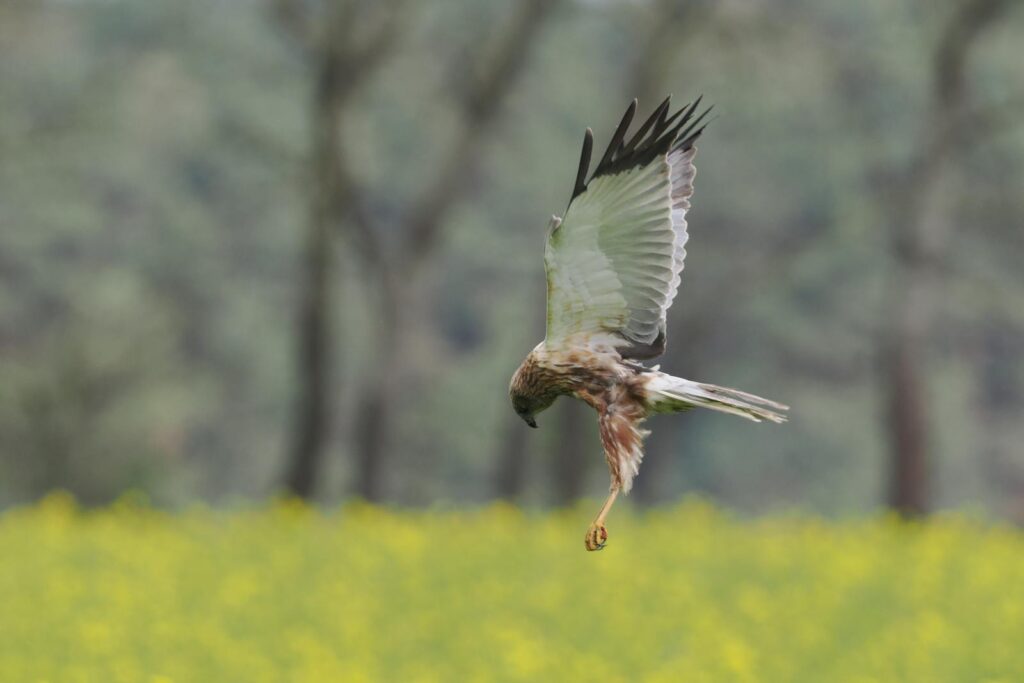
The relationship between body mass and jumping height plays a crucial role in this comparison. Smaller dromaeosaurids like Velociraptor mongolensis weighed approximately 15-33 pounds (7-15 kg), while larger species like Utahraptor could exceed 1,100 pounds (500 kg). This size range matters because jumping height generally decreases as body mass increases due to the square-cube law—muscle strength increases with cross-sectional area (squared), while weight increases with volume (cubed).
Smaller raptors would have had a significant advantage in jumping height relative to body size compared to larger modern predators like lions and tigers. The largest modern cats weigh considerably more than most raptors did, which means even if raptor muscle power was only comparable pound-for-pound, their lower body mass would have allowed greater relative jumping heights.
The Role of Feathers in Raptor Jumps

Modern paleontological evidence confirms that dromaeosaurids possessed feathers, a feature that may have significantly enhanced their jumping capabilities. Feathered limbs could have provided additional lift during jumps, effectively extending the height and distance of leaps through rudimentary aerodynamic effects. Even without true powered flight, the presence of proto-wings and feathered tails would have increased aerial maneuverability, allowing mid-air adjustments that modern mammalian predators cannot perform.
This capacity for aerial control would have been particularly advantageous when leaping onto prey from heights or when navigating complex three-dimensional environments like forests. The added stability from feathered structures might have also allowed raptors to attempt more ambitious jumps with less risk of injury upon landing.
Comparative Analysis with Modern Birds of Prey
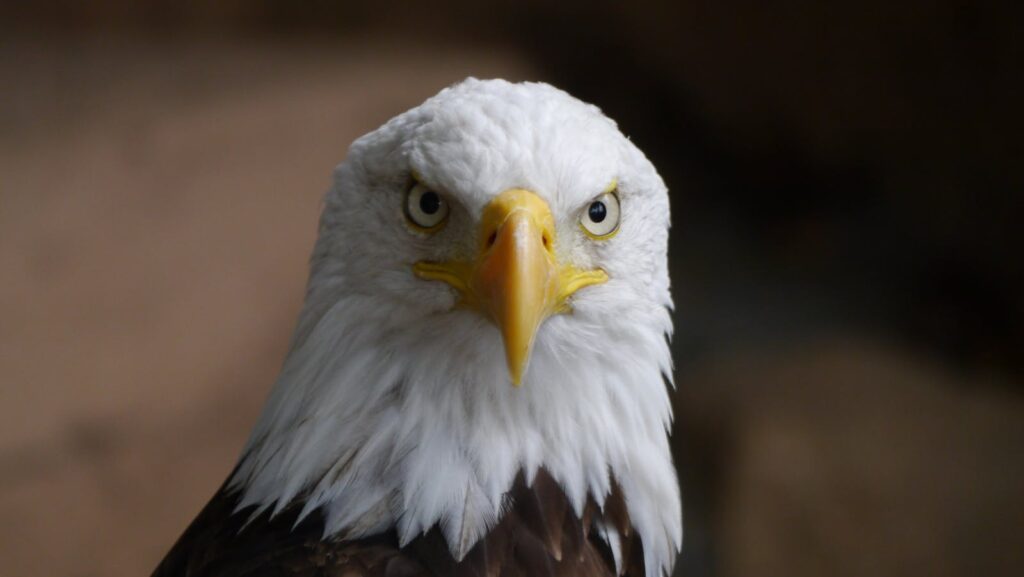
Eagles and hawks, though specialized for flight rather than jumping, demonstrate remarkable leaping abilities when taking off from the ground with prey. A golden eagle can launch itself vertically with prey weighing up to its own body weight, demonstrating the extreme power-to-weight ratio that evolved in the avian lineage. This power generation in modern raptorial birds stems from the same evolutionary heritage as dromaeosaurid dinosaurs.
The leg structure of ground-launching birds shows many of the same adaptations found in dromaeosaurid fossils, including similar muscle attachment points and bone proportions. If modern flying birds can generate enough force to launch their body weight plus equivalent prey weight, their non-flying dromaeosaurid ancestors likely possessed similar or greater relative leg power, specialized for jumping rather than flight initiation.
The Environmental Context of Raptor Jumping
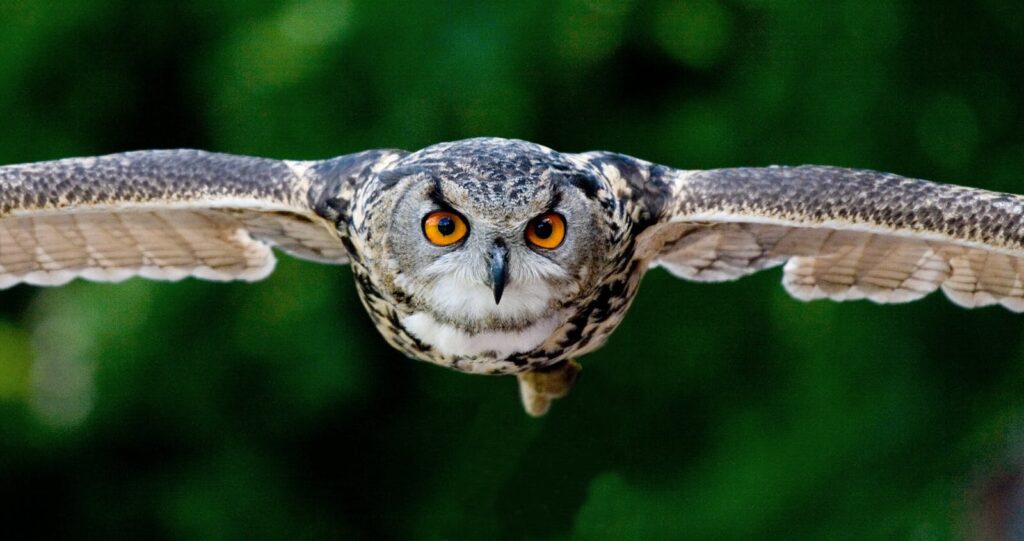
The Cretaceous environments inhabited by dromaeosaurids differed significantly from modern ecosystems, presenting unique challenges that would have shaped their locomotor abilities. Many raptor species lived in semi-arid environments with uneven terrain, broken woodlands, and variable vegetation density. These conditions would have favored predators capable of navigating vertical obstacles efficiently. The presence of larger dinosaurs creating complex, three-dimensional environments with trampled vegetation and natural barriers would have selected for agile hunters with powerful jumping abilities.
Additionally, evidence suggests some raptor species may have been partially arboreal, requiring jumping skills to move between elevated positions. This environmental context provides ecological support for the hypothesis that natural selection would have favored exceptional jumping capabilities in these specialized predators.
Conclusion: Did Raptors Out-Jump Modern Predators?

When all evidence is considered, dromaeosaurid dinosaurs likely possessed jumping abilities that would have exceeded those of modern mammalian predators in terms of height relative to body size. Their specialized anatomy—including powerful hindlimbs, lightweight construction, stabilizing tails, and potentially lift-generating feathers—created a biological blueprint optimized for explosive vertical leaps.
While we may never know the exact heights these prehistoric predators could achieve, biomechanical analyses suggest the smaller raptor species could likely jump 2-3 times their own height from a standing position, potentially outperforming even the most impressive modern jumping predators pound for pound. This extraordinary ability would have made them formidable hunters in their ancient ecosystems and helps explain why their fearsome reputation persists in both scientific understanding and popular imagination today.




